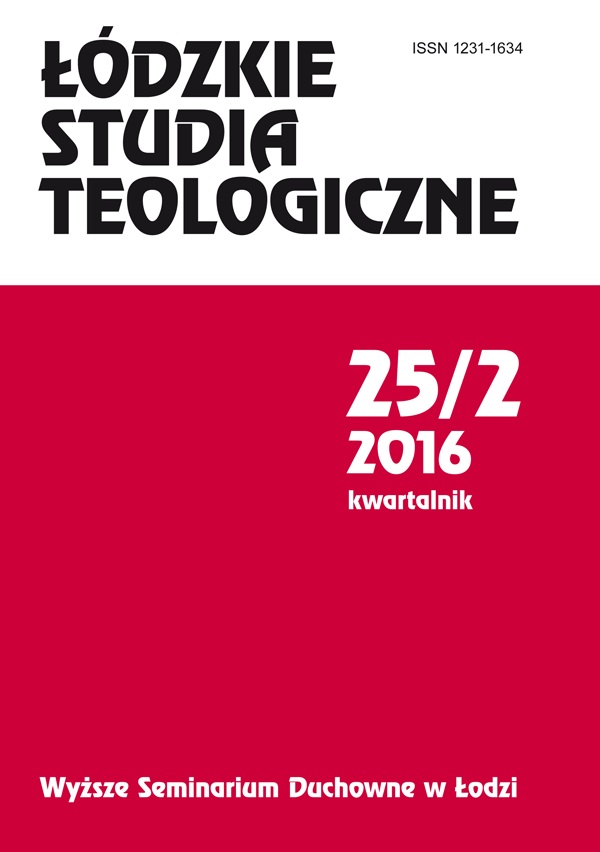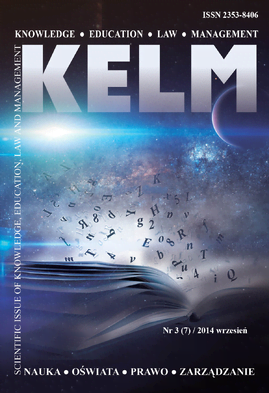Shqiptarët në Sytë e Venecianëve në Shekujt XVI – XVIII
The Albanian Diaspora in Venice was the second for the period they reached the la-goon and had as backbone the brotherhood of the Albanian School (La Scuola degli Albanesi), organized as a national corporation of traders and handicraftsmen, who had at their disposal a common bank. The main jobs of the Albanian Community in Venice were: the Venetian Fleet, handcraft, faith, trade, public order (the cappelletti), the schools of the Albanian humanists Marin Beçikemi and Nikollë Leonik Tomeu (well-known in Europe where was brought up the Venetian elite), editing, the chivalry of the Stratiots, the Venetian administration (including notaries, lawyers, clerks, etc) and do-mestic working. The Albanian migration founded the Albanian School in 1442, reach-ing the highest level of the arrivals in the city from 1479 to 1500 and went down slightly in the years 1500 – 1525, though preserving high rates. Towards the middle of the XVI Century, some Venetian authors gave birth to an Alba-nian literature in the city. Their novels, poems and plays whose protagonists were the Albanians and the Stratiots were written in Venetian and were marked with expressions in Albanian. The Albanians mostly concentrated in the Sestiere of Castello, in the area of the Arsenale, in the Venetin Fleet, which was at the same time the pole of the hand-craft and the Sestiere of Saint Mark, where was the port in Riva degli Schiavoni Dalmati and degli Albanesi and the trade area of Mercerie and Rialto. In fact, the Albanian Di-aspora was quite particular as far as it concerns the relations with the other communi-ties in Venice, such as of the Stratiots with the San Biaggio Church that was conferred by the Venetian Senate to the Greek Community, of some of the Moslem Albanian traders who used to live at the Fondaco of the Turks, or the Albanians of Dalmatia who were part of the Dalmatian School of Saint George.
More...











